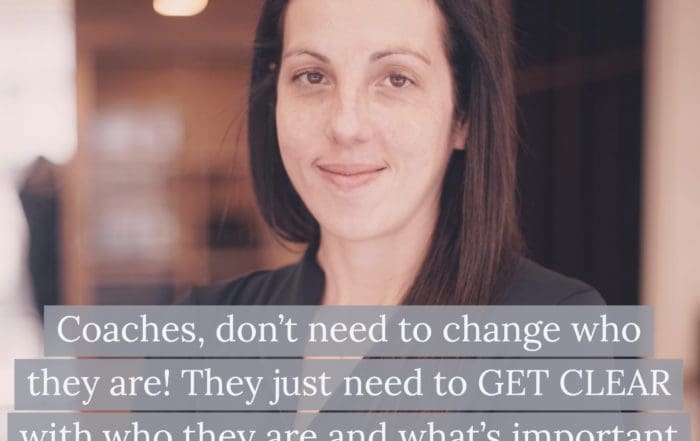Everyone is always wondering about developing and facilitating team cohesion; Always wondering about how to build relationships and team chemistry. Whether it’s at work, at school, in a team, or with their partner, strong and healthy relationships create more productive and positive environments. Do you know how you interact with your team?
Gottman’s 5:1
 Dr. Gottman, professor emeritus at University of Washington, found that in healthy marriages, the ratio of positive interactions to negative interactions is 5:1. Especially during times of conflict, the interactions between the two individuals was 5:1.
Dr. Gottman, professor emeritus at University of Washington, found that in healthy marriages, the ratio of positive interactions to negative interactions is 5:1. Especially during times of conflict, the interactions between the two individuals was 5:1.
On the other hand, it is 5 times easier to break someone down with a negative interaction like blame, anger, aggression or hostility; Which ultimately leads to hurting someone’s feelings. Are you aware of your ratio? If you’re truly interested in developing and facilitating better team cohesion, this strategy is for you.
51 Cents: Keep Track of Your Ratio
John Brubaker, a sport psychology consultant and ESPN radio personality, used to coach Division III and NAIA Lacrosse. He came across Gottman’s ratio and knew that if he wanted to take his team chemistry to the next level, he was going to have to start keeping an eye on his ratio. So, in order to keep track of his positive and negative interactions with his players, he would put five dimes and a penny in his left pocket.
Before he criticized any of his players, he would get all those dimes out of his left pocket and into his right pocket. Then, he knew it was okay to constructively criticize his team. Maybe you think this is soft or mentally weak but I want you to think about a past relationship that maybe wasn’t as strong as you wished it was. Can you think about how many positive interactions you had compared to negative?
A Personal Account of Developing and Facilitating Team Cohesion
My sophomore year of baseball at Indiana State University, I was sitting around with my 5 roommates, just chatting and bonding in the living room. One of us came up with this great idea. We all had to pick one person on the baseball team that we were not very good friends with or know incredibly well. Our goal was to become great friends with them by the end of the year. This was our plan for developing and facilitating team cohesion.
The guy I picked, was Patrick Foster. He was a catcher at Indiana State and I really just didn’t hang around him enough. From that moment on, whenever I got the chance during practice or during pre-game warmups, I would jog over to Pat and talk him up.
After hanging out with him and getting to know him, I can honestly say that he was one of the coolest people I knew at Indiana State. He’s cool because he was genuine and consistent. You knew what you were going to get from him when he showed up to the ballpark or when you spoke with him. Since it was my goal to be his friend, basically every interaction we had was positive.
This set us up for success.

Since I pitched, when I threw a bullpen to him, we had those positive interactions built up for when he criticized me or when I tried to help him. It wound up being one of the greatest ideas that little front room think tanks ever came up with. If you’re a coach, athlete, trainer, teacher, or anyone interested in developing and facilitating team cohesion, this is another great strategy.
Implement Today!
Gottmann’s 5:1 ratio can be applied to any relationship. Give it a go: high fives, fist bumps, compliments, showing interest, asking questions. Be curious, be kind, and enhance your connection with whoever it may be.
What was your favorite part about this article?
How are you going to implement Gottman’s ratio into your team or relationships?
Need help with your team’s culture?
Leave a comment or contact one of us to get started!






